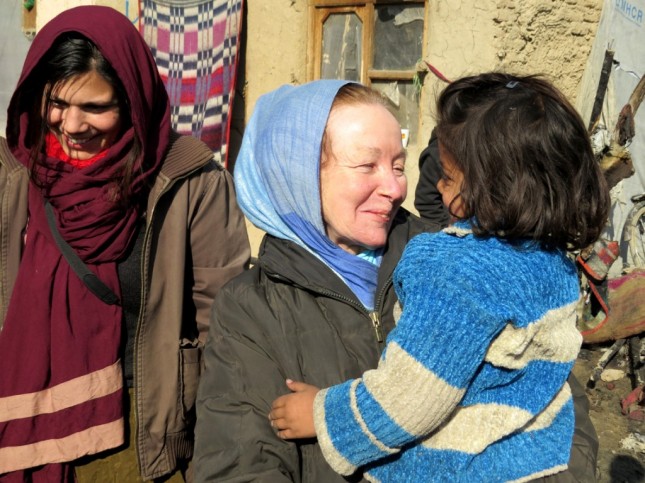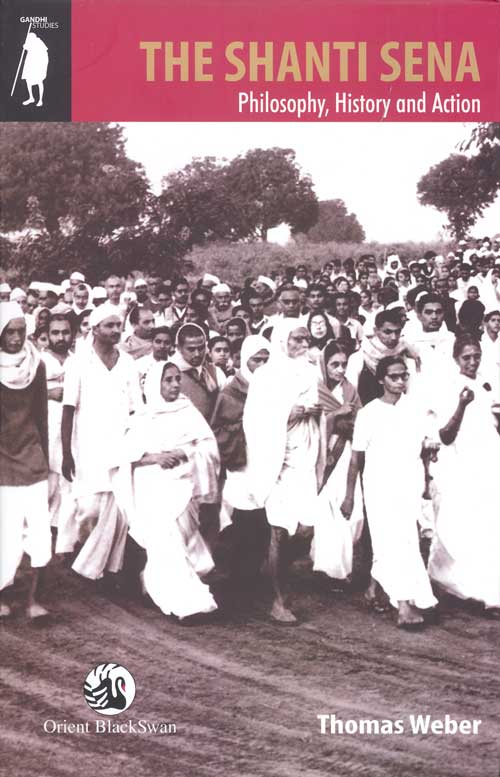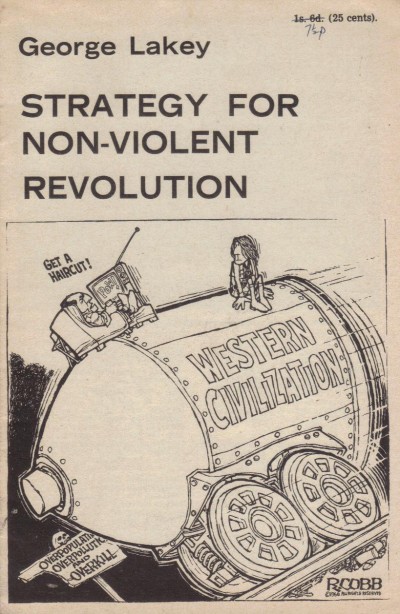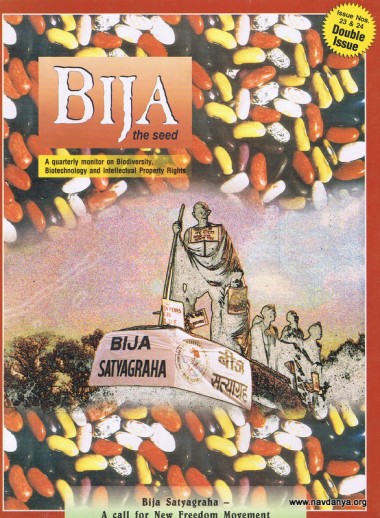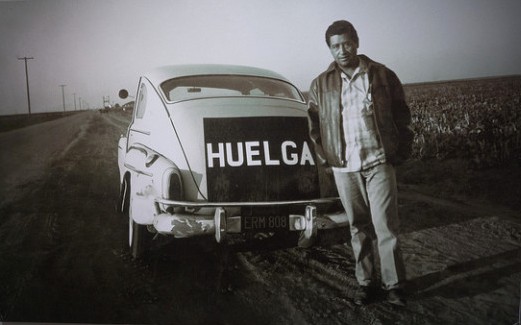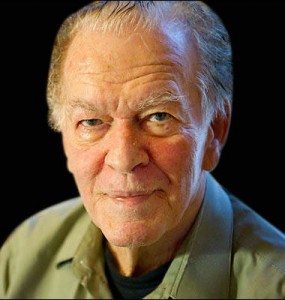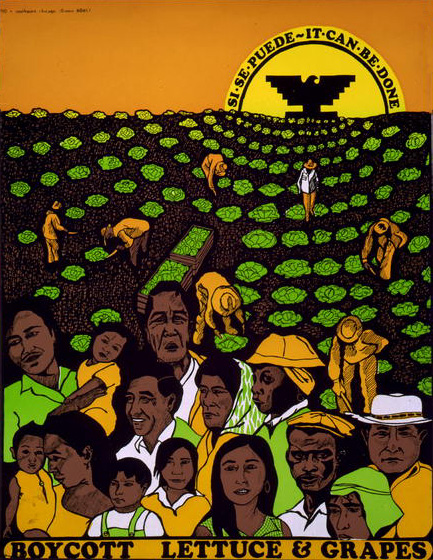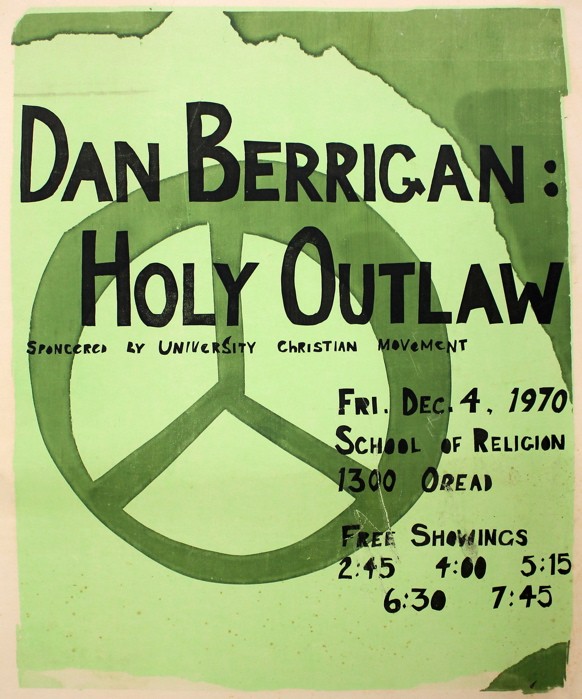Telling the Truth about War: The Street Spirit Interview with Kathy Kelly
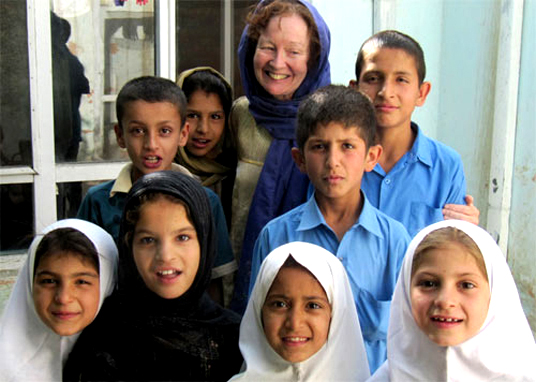
Kelly with Afghan peace volunteers; photographer unknown; courtesy thestreetspirit.org
“The people that threaten us are in the corporations and the well-appointed salons,
and they really threaten us. They make alcohol, firearms and tobacco,
and arms for the military.They steal from us, and they rob us. And who goes to jail?
A woman who can’t get an economic stake in her community.” Kathy Kelly
Street Spirit: You just returned from Afghanistan last month where you were living with the Afghan Peace Volunteers. Many people, even in activist circles, are no longer focusing on that war-torn nation. Why does Afghanistan remain such a critical focus of your work?
Kathy Kelly: I have a friend, Milan Rai, who had coordinated Voices in the Wilderness in the U.K. and is now the editor of Peace News. Mil once said, “One of the ways to stop the next war is to continue to tell the truth about this war.”
So how do we tell the truth about our wars? I think if the U.S. public understood the choices that are being made in their name — and if the public understood those choices outside the filter of the forces that are marketing those wars — eventually there might be a hope of non-cooperation with wars.
So Afghanistan is still very, very important in terms of the choices confronting the people of the United States. But also, just on the purely ethical matter of not turning away from people who are dying, we owe reparations to the people of Afghanistan for the suffering that has been caused.


